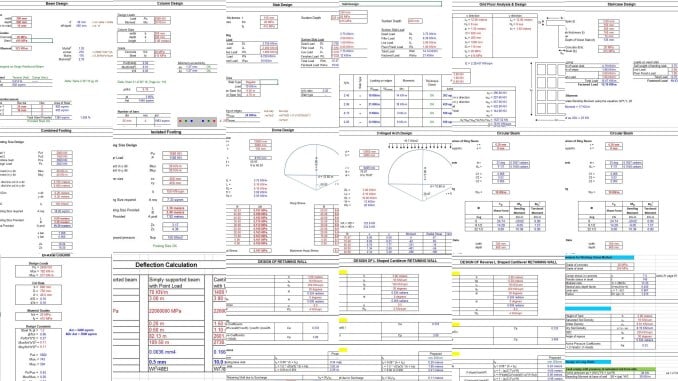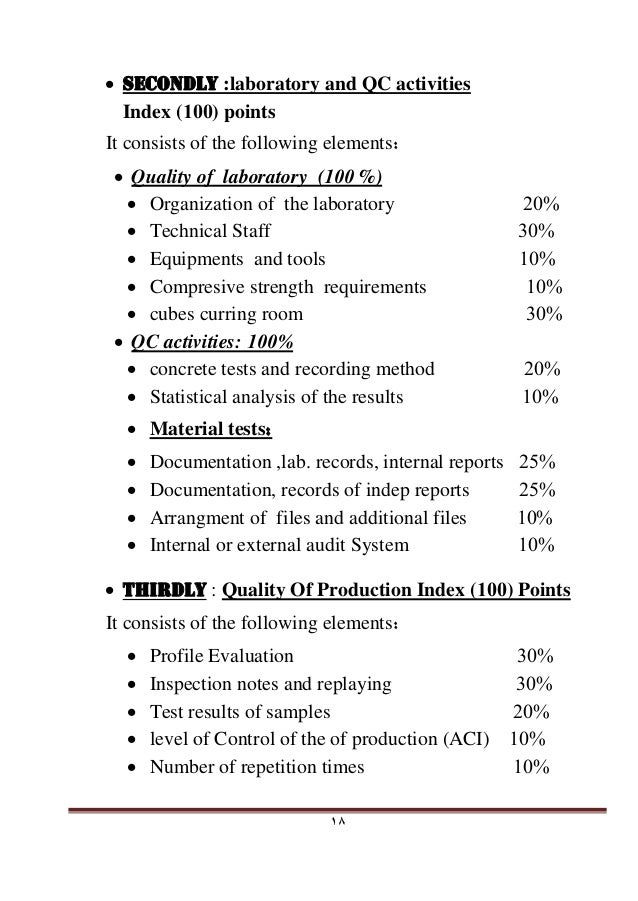


The analysis considers two stages of the pavement life cycle: materials and construction (MAC), comprising material production, transport, and construction and use, scoped as the influence of pavement albedo on cooling, heating, and lighting energy consumption in buildings. We then assessed over a 50-year analysis period the changes in primary energy demand (PED, excluding more » feedstock energy) and global warming potential (GWP, meaning carbon dioxide equivalent) in Los Angeles and Fresno, California. We developed several case studies in which a cool surface treatment is substituted for a more typical treatment (that is, a cool technology is selected instead of a more typical technology). However, the production and installation of pavement maintenance and rehabilitation treatments with enhanced albedo (“cool” pavements) may entail more or less energy consumption and carbon emission than that of less-reflective treatments. Raising the albedo (solar reflectance) of streets can lower outside air temperature, reduce building energy use, and improve air quality in cities.

This paper provides a critical review of different approaches applied in the Belgian asphalt sector in order to reduce the environmental impact of bituminous road construction works. This review concludes with a comprehensive list of recommendations for future research, which shed light on where improvements in knowledge can be made that will benefit the accuracy and comprehensiveness of pavement LCAs moving = , These gaps include: the use phase (rolling resistance, albedo, carbonation, lighting, leachate, and tire wear and emissions), asphalt fumes, feedstock energy of bitumen, traffic delay, the maintenance phase, and the end-of-life phase.

This review also identifies common data and modeling gaps in pavement LCAs that should be addressed in future work. This review identifies five key issues in the current body of work: inconsistent functional units, improper system boundaries, imbalanced data for asphalt and cement, use of limited inventory and impact assessment categories, and poor overall utility. The review finds that pavement LCA is an expanding but still limited research topic in the literature, and that the existing body of work exhibits methodological deficiencies and incompatibilities that serve as barriers to the widespread utilization of LCA by pavement engineers and policy makers. This report provides a critical review of existing literature and modeling tools related to life-cycle assessment (LCA) applied to pavements.


 0 kommentar(er)
0 kommentar(er)
